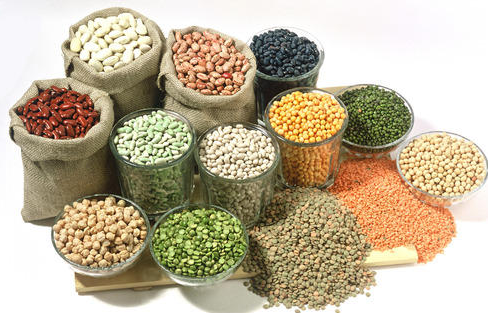FAO: World Food Import Bill at All-Time High
According to the biannual Food Outlook report released by the Food and Agriculture Organization (FAO), the year 2022 is expected to witness the world’s food import bill reaching an all-time high.
What did the recent Food Outlook report predict?
Food import bill
- According to the FAO’s biannual report, the world’s food import bill will reach 1.94 trillion USD in 2022 – another record high this year. This comes at the time when many economically vulnerable countries are paying more to receive less food.
- This forecast expects the food import bill to increase by 10 per cent from the record level of 2021.
- However, the year-on-year increase of the import bill will be less pronounced than 2021 as the purchasing power of the import-dependent countries are declining.
Rich-poor difference
- The report expects the existing differences between rich and poor countries to become more pronounced. While the high income countries are continuing to import across the entire spectrum of food products, low-income countries are increasing their focus on staple foods.
- This is a major threat to the developing countries’ resilience to higher international prices since importers are finding it difficult to pay the growing international costs.
Agricultural inputs
- The global import bills for agricultural inputs is expected to reach 424 billion USD in 2022. This is a 48 per cent increase from the 2021 figures and a 112 per cent increase from 2020. The surge in the prices of agricultural inputs is mainly because of high costs of imported energy and fertilizers.
- This will force developing countries to minimise the use of vital agricultural inputs, resulting in lower agricultural productivity and lesser availability of domestic food stock.
- Low agricultural outputs and food insecurity is likely to persist in 2023 because of these challenges.
Food trade patterns
- The global production of wheat is expected to reach record 784 million tonnes in 2022-23. The high production is mainly expected to be concentrated in China and Russia. However, wheat stock levels are expected to decline by 8 per cent in the rest of the world.
- The global level of rice output is expected to decline for the first time in 3 years mainly because of severe weather events and high input costs.
- The 2022-23 global harvest is expected to remain at an overall average level of 512.6 million tonnes. Asia is expected to lead this result due to the resilient level of plantings. This could help counteract some of the yield decline that is predicted to happen due to poorly distributed rains, especially in South Asia.
Month: Current Affairs – November, 2022
Category: Economy & Banking Current Affairs • Reports & Indexes Current Affairs


